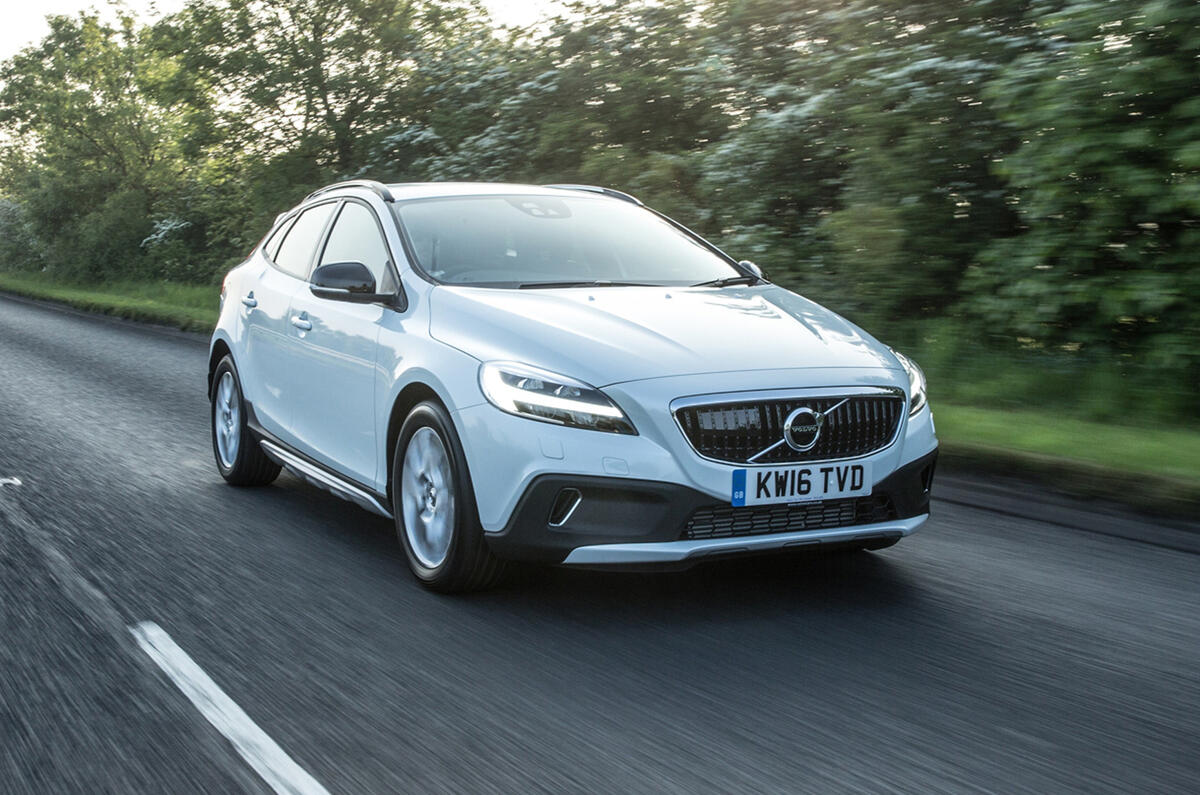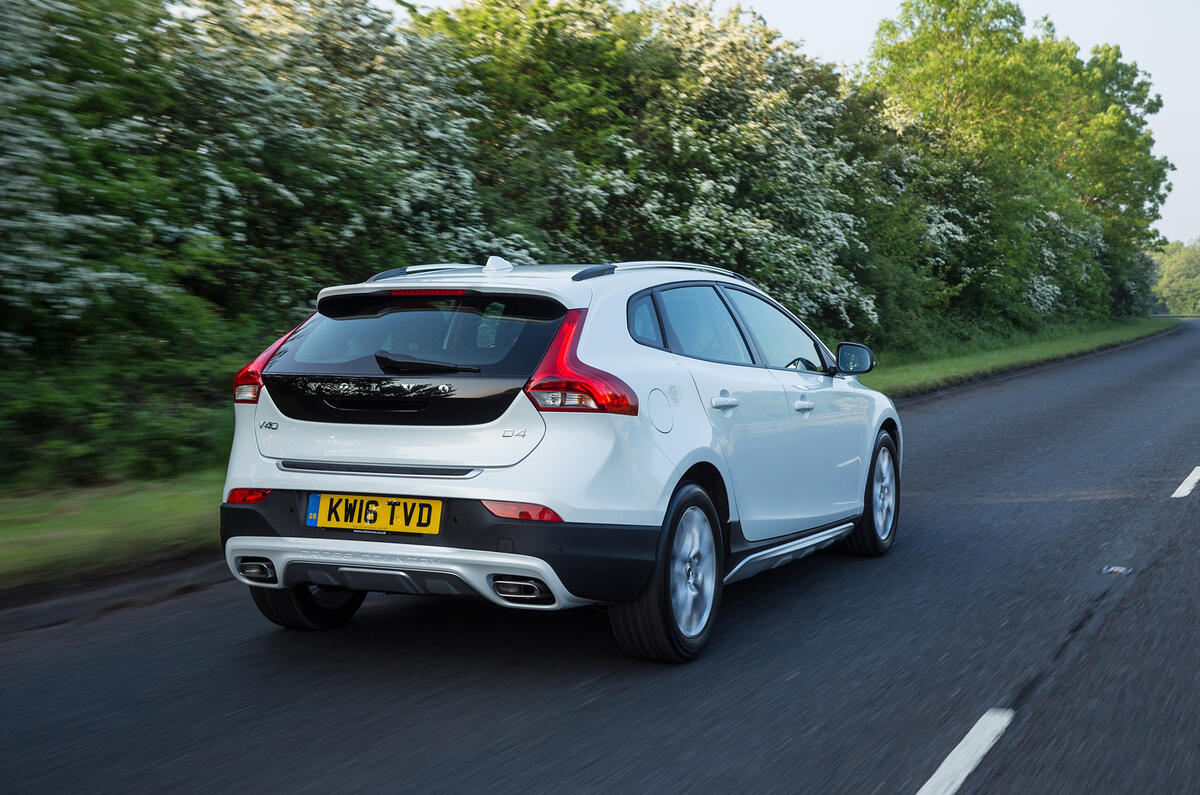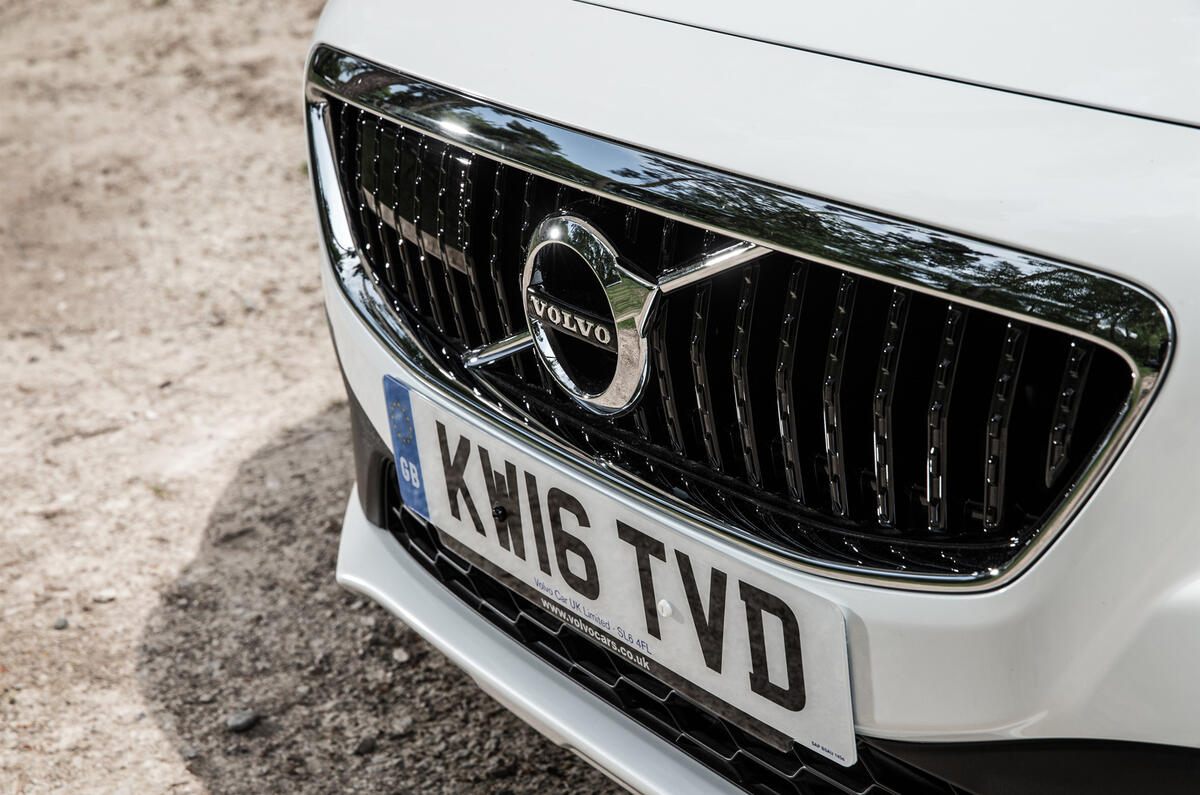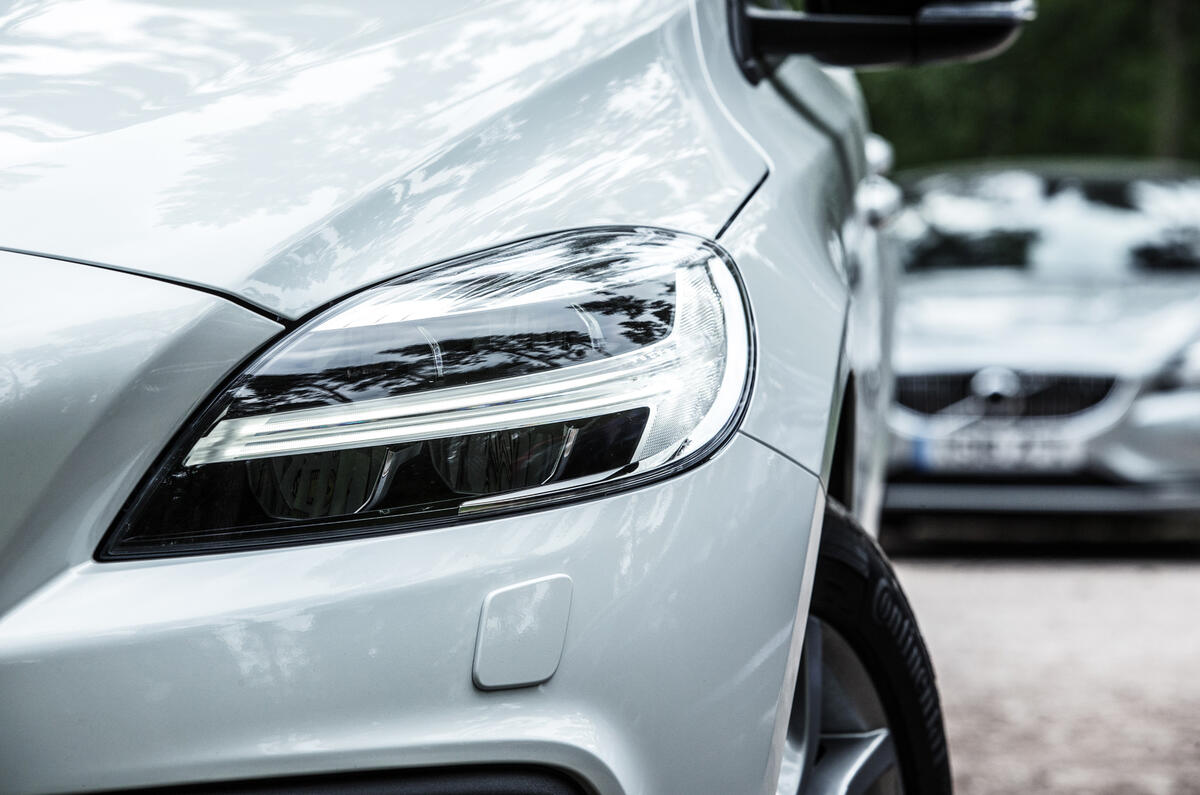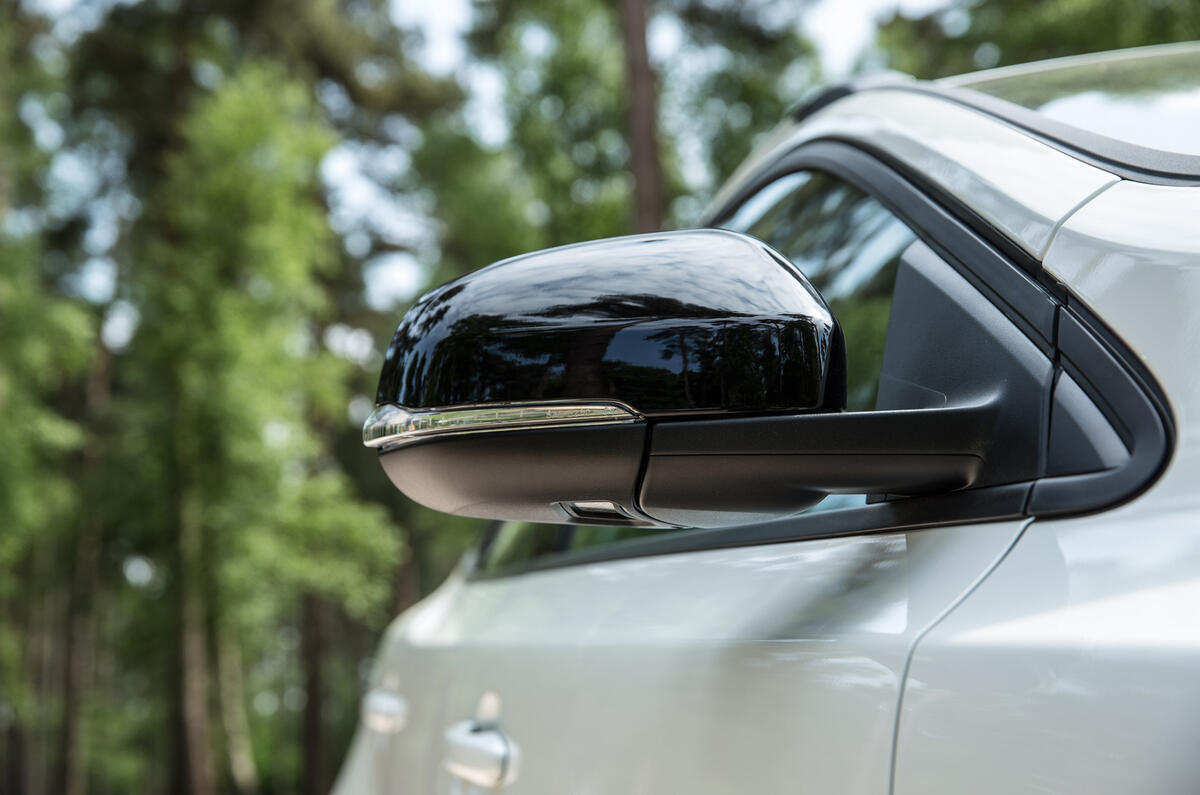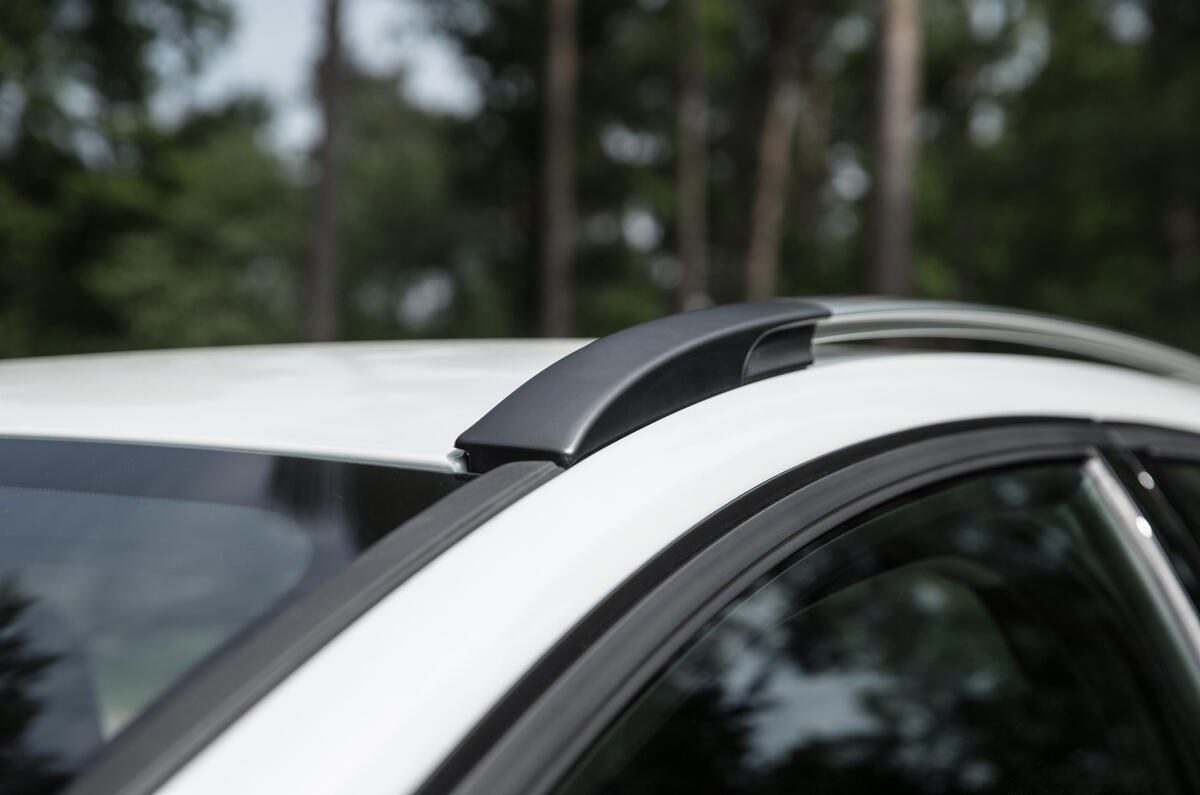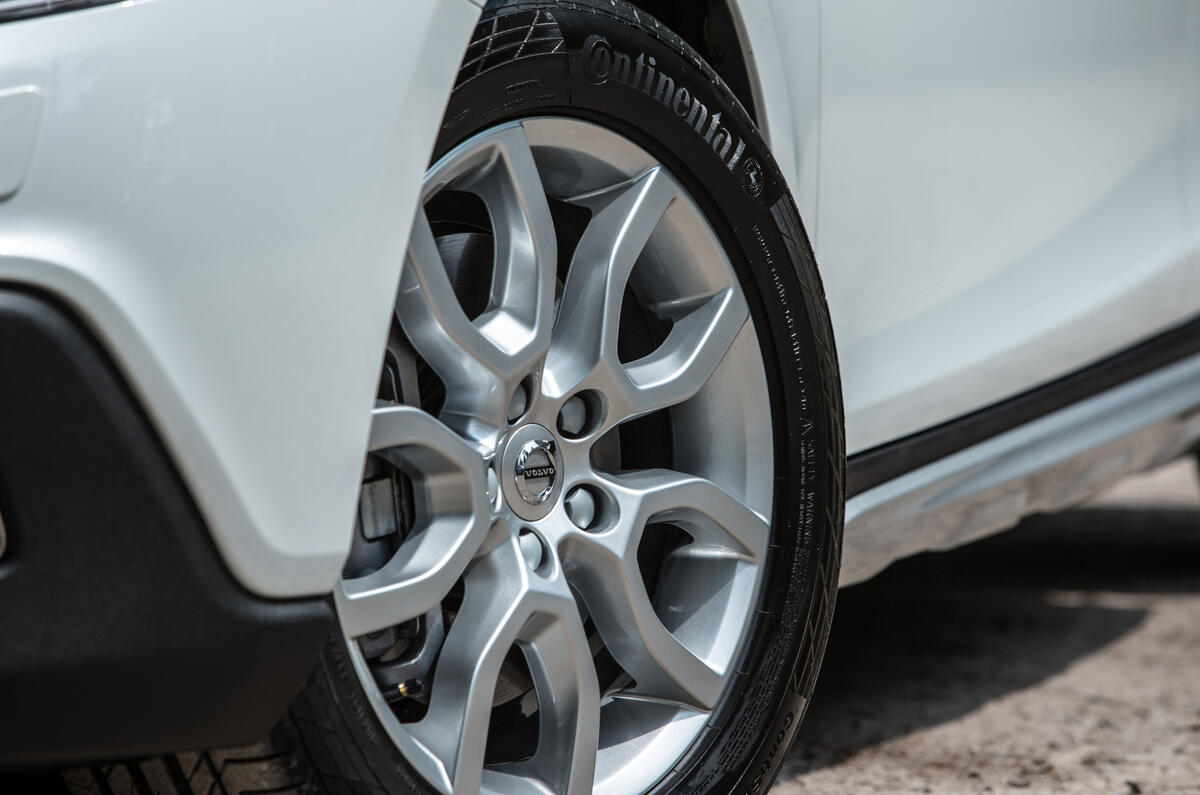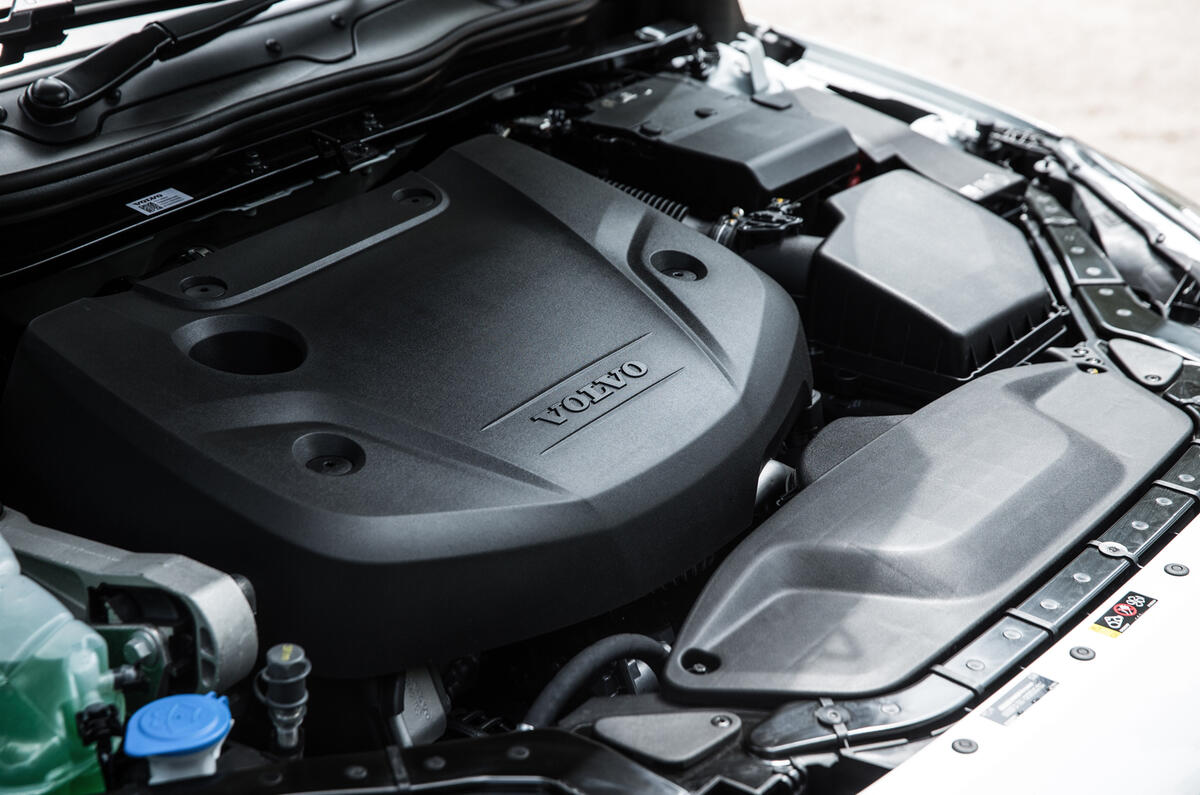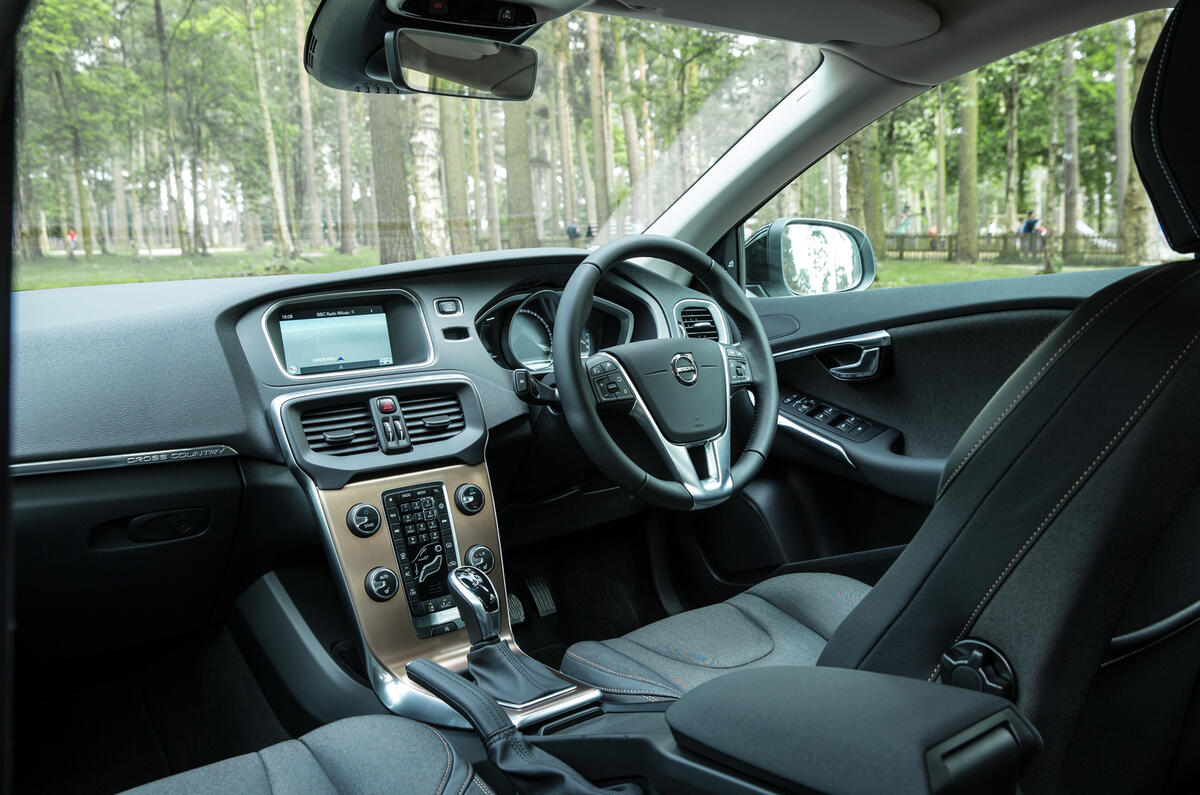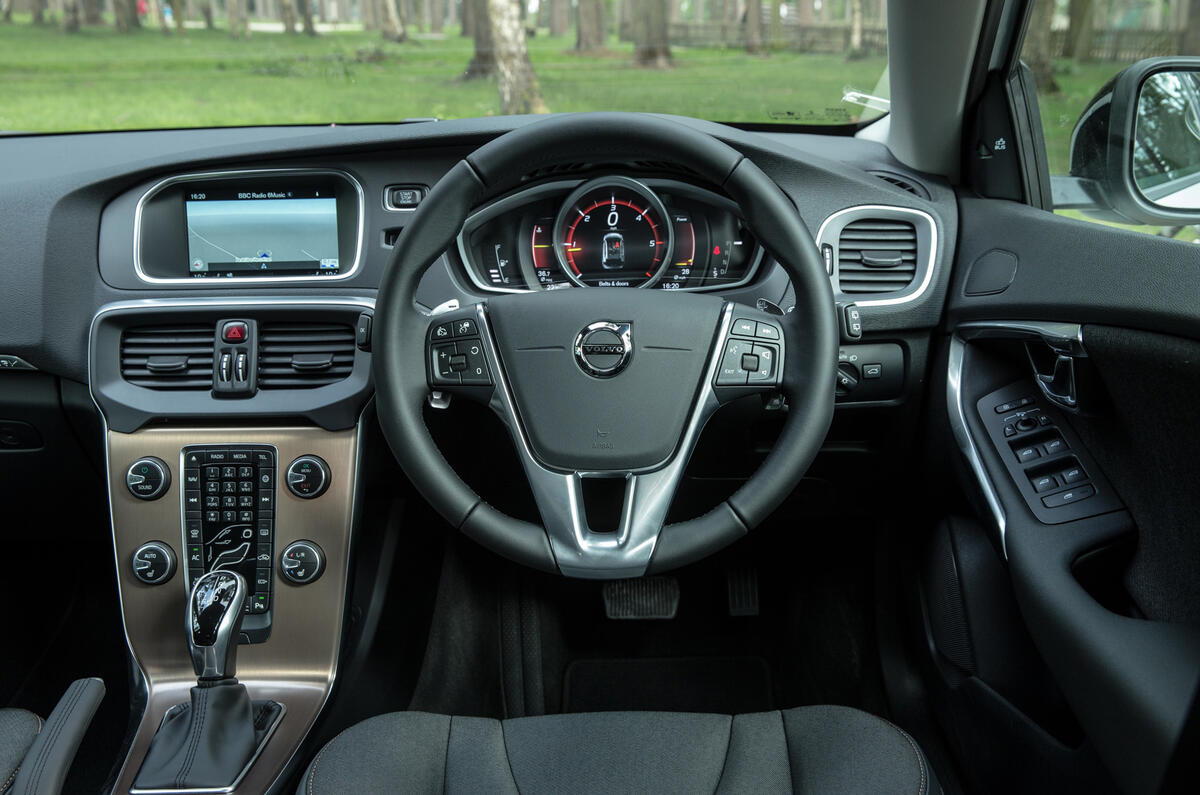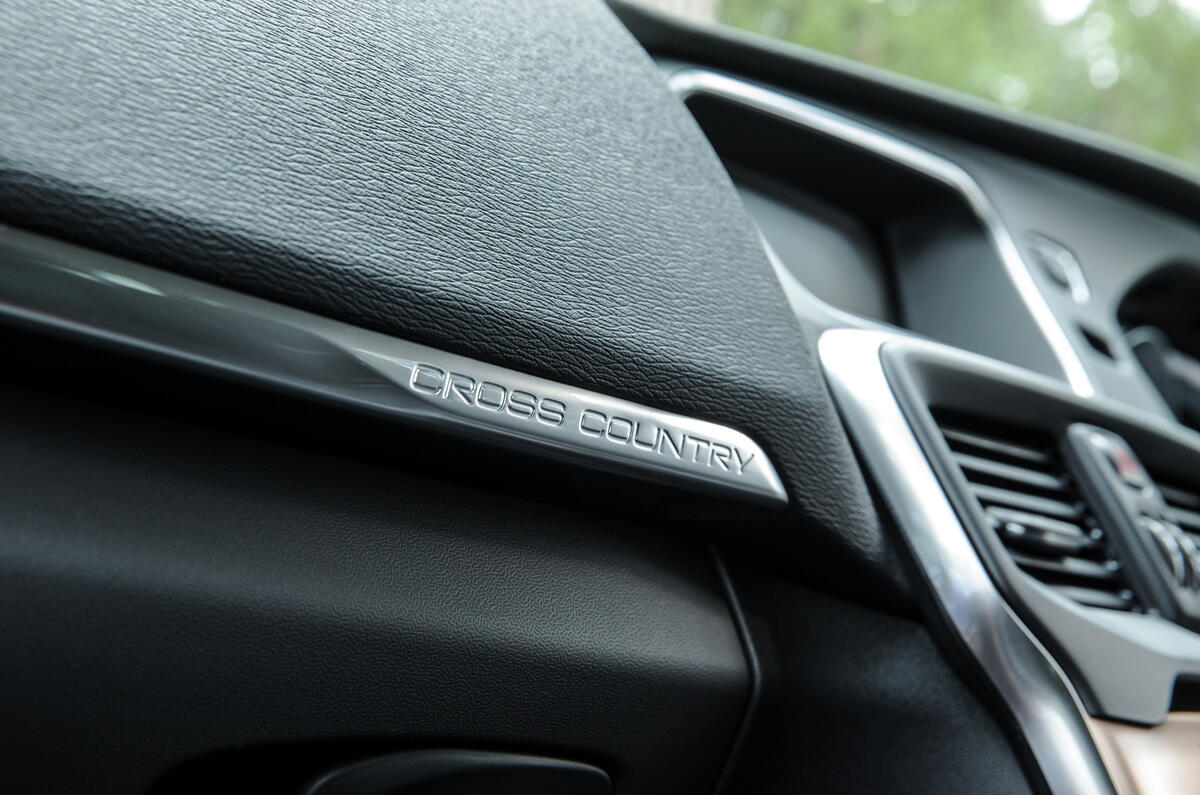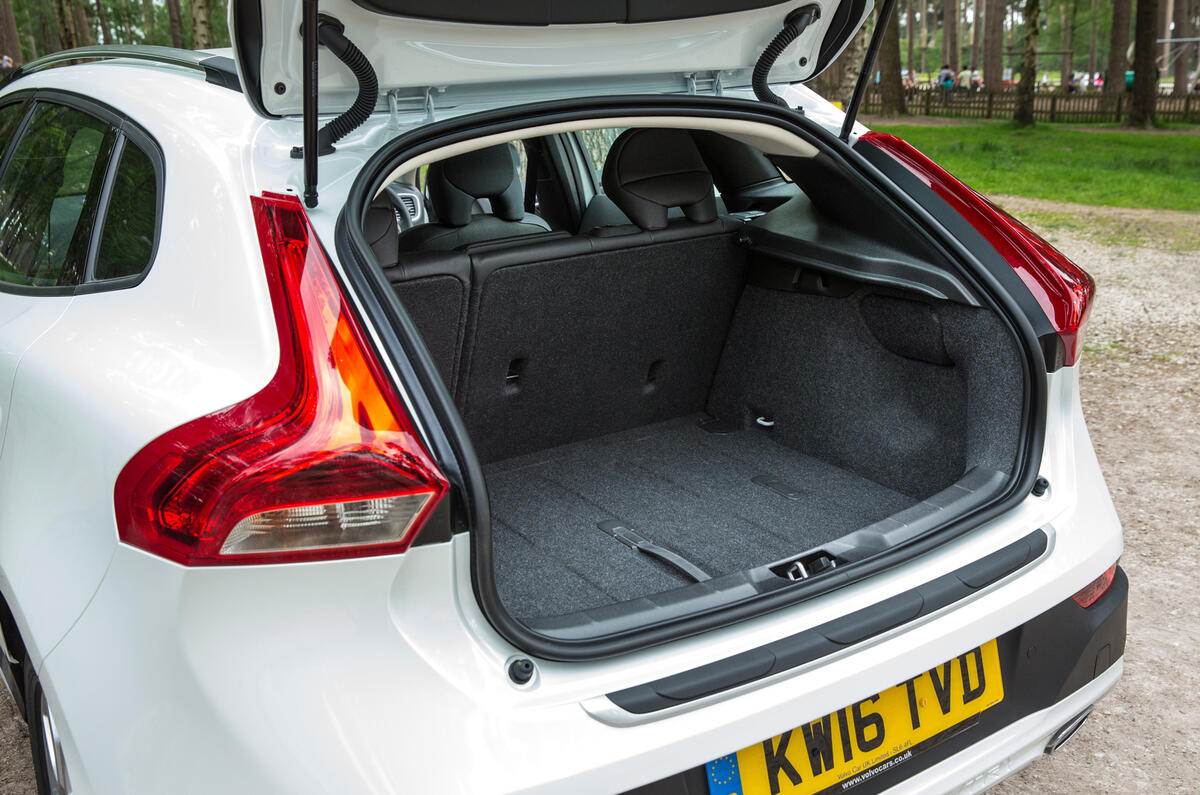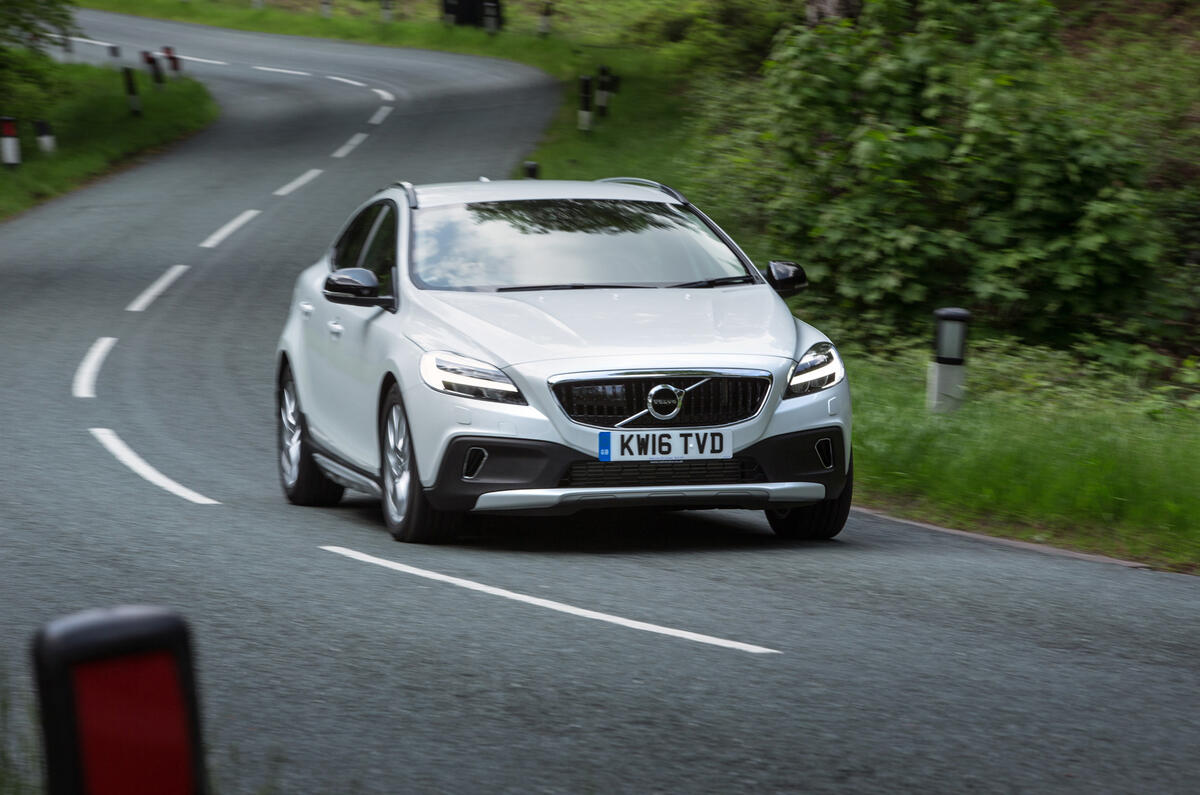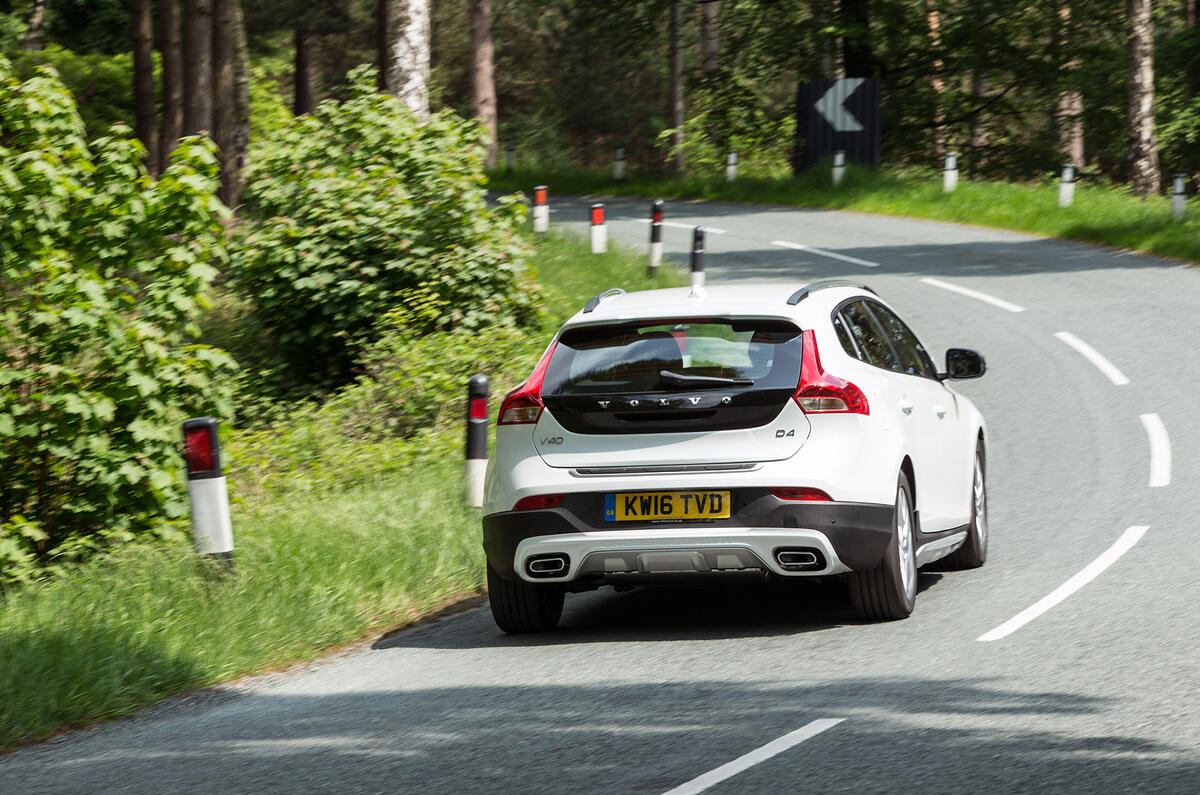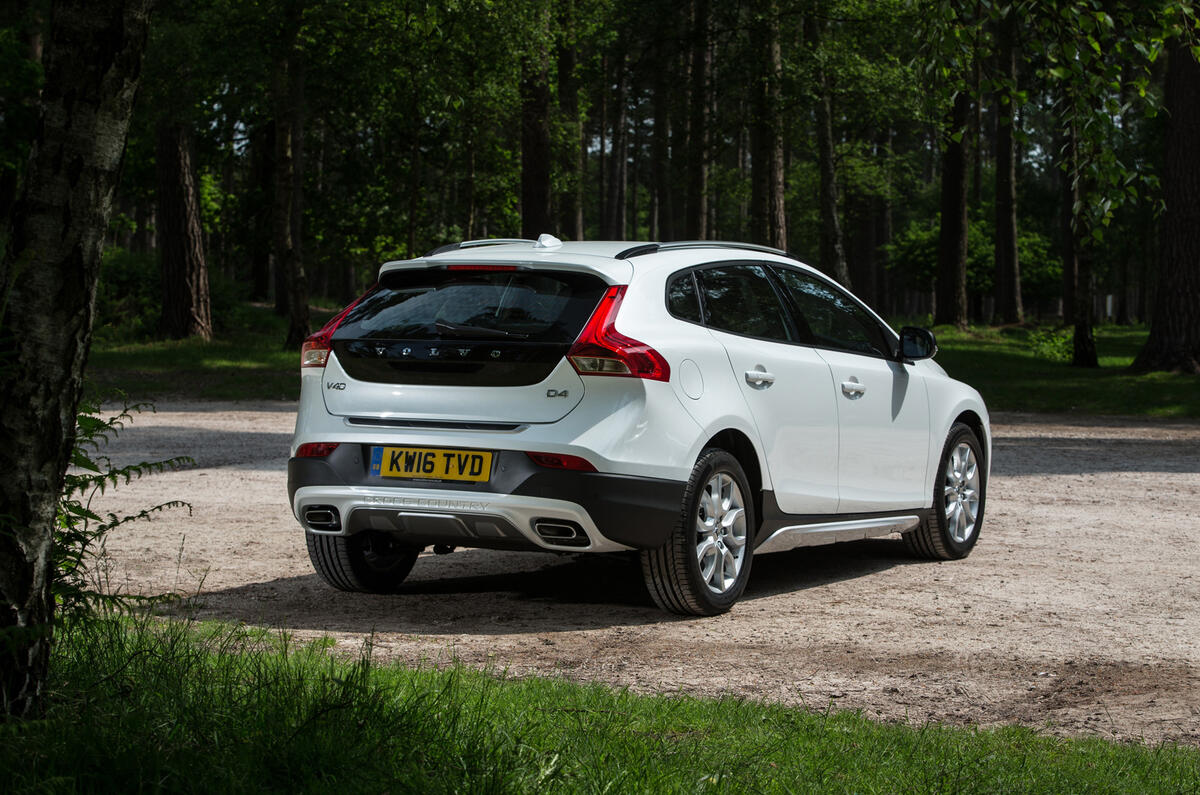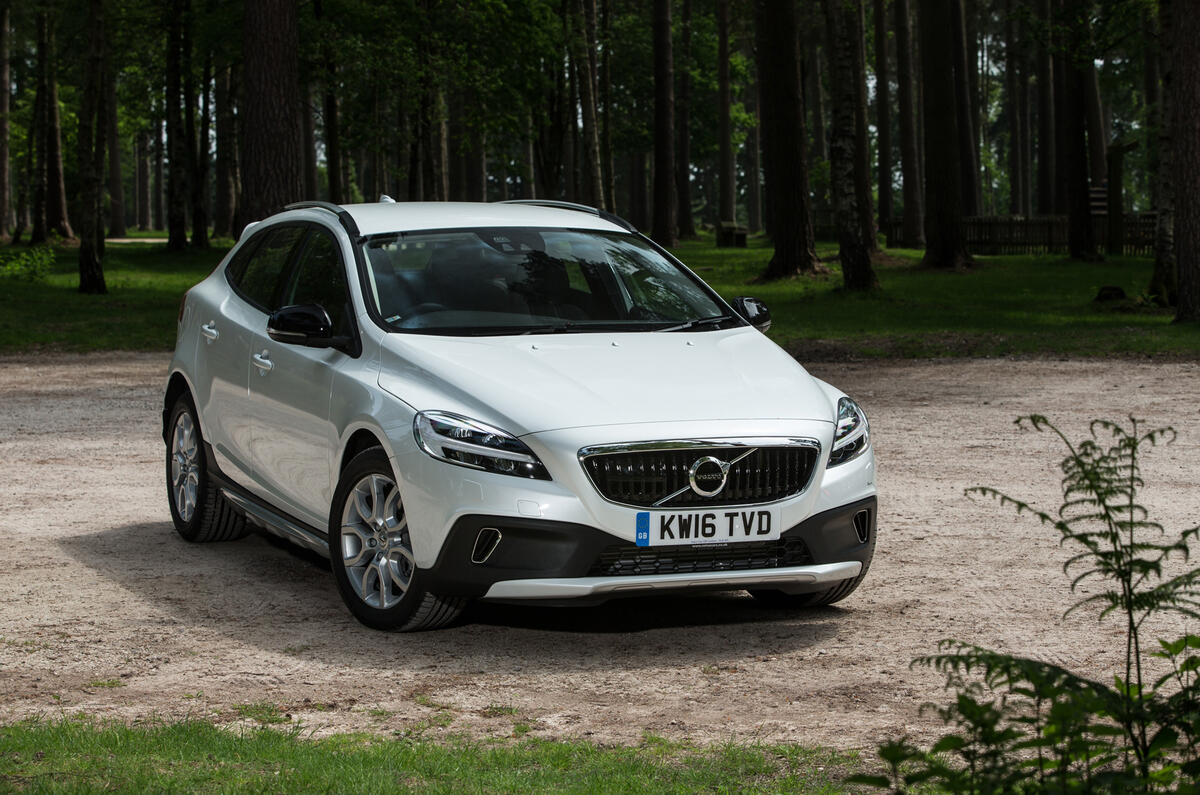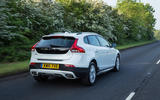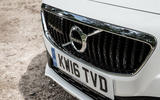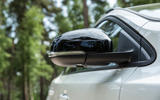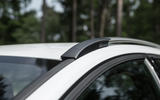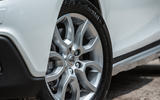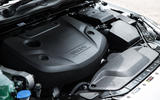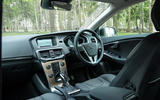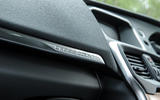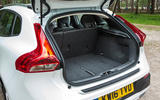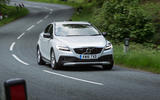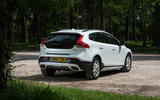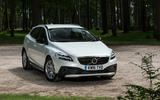In essence this is the same Volvo V40 as before with off-road styling tweaks, to give it a more rugged appeal similar to the way the XC70 was the go-anywhere version of the V70.
As for the engine range there are three petrol options, a 1.5-litre T3, which is only available with an auto 'box, and two variants of the 2.0-litre four-cylinder unit to choose from, while there is also three variants of Volvo's 2.0-litre four-cylinder diesel engine too. Most are channelled via an eight-speed automatic gearbox, while the T3 and the diesel engines can be had with Volvo's slick six-speed manual.
Good news for company car drivers, then? Well potentially, because at £23,750 placing itself among the mid-range Audi A3 Sportback and the higher echelons of the Volkswagen Golf range, while our options-heavy test car was a whopping £37,295. That means despite an 18 per cent tax banding, a higher rate company user would pay £2685 a year.
In 2016, the Volvo V40 was given a minor facelift, most noticeable is the 'Thor-shaped' LED day running lights that premiered on the Volvo XC90 along with the introduction of a few more fuel-efficient engines.
Back in 1997, Volvo was the creator of the off-road estate car genre with its XC70. The idea was to take a standard road car and beef it up with a sprinkling of mud-plugging ability.


